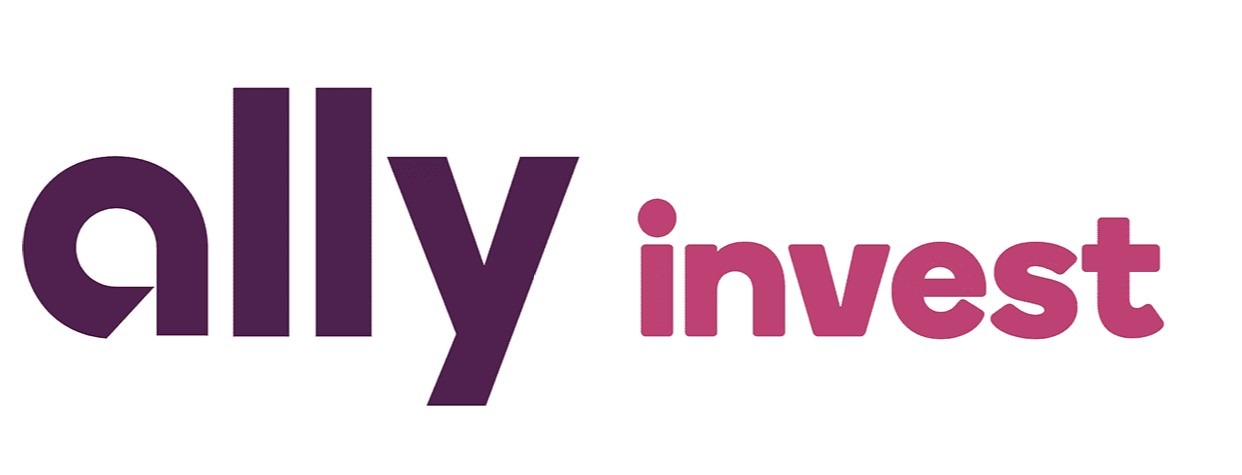In anything, getting started is always the hardest part.
It’s no different when it comes to investing.
But the best time to start investing is right now, regardless of how much money you have to invest or what stage of life you’re at.
In this article, I’m going to answer the question of how to invest with little money. More specifically, I’m going to suggest multiple ways you can get started investing in the stock market.
With recent innovations among the best stock apps, specifically commission-free trading and fractional shares, it’s never been easier for beginners to start investing with little money.
Want to know how we find stocks before they explode?
With a Zen Investor subscription, you can save precious research time and let a 40+ year market veteran do the heavy lifting for you. Here’s what you get:
✅ Portfolio of up to 30 of the best stocks for the long haul, hand-selected by Steve Reitmeister, former editor-in-chief of Zacks.com with a 4-step process using WallStreetZen tools
✅ Monthly Commentary & Portfolio Updates
✅ Sell Alerts if the thesis changes
✅ Members Only Webinars
✅ 24/7 access to all the elements noted above
✅ Access to an archive of past trades and commentary.
How to start investing with little money
Many people don’t think they have enough money to start investing.
But the fact of the matter is, assuming you have at least $10, you have enough money to start investing. A lot of investing platforms offer free stocks just for signing up.
Everybody has to start somewhere and, as I mentioned above, it’s never been easier for beginners with little money to start investing.
But what’s the best way to start investing?
For most people, there are a few good options that I tend to recommend in this exact order.
Here are 3 ways to start investing with little money:
1. Enroll in your employer’s retirement plan
Even if you’re on a tight budget, you can enroll in your company’s retirement plan and start contributing amounts so small you won’t even notice them.
For instance, you could start with investing just 1% of your salary into the employer plan.
After hardly noticing the difference in your paycheck, you could increase it gradually each year or with every pay increase.
Plus, many employer-sponsored plans offer “matching” benefits, meaning each dollar you contribute is matched by your employer, up to a certain percent.
With matching, your 2% contribution is matched by a 2% contribution from your company, instantly doubling your money (before it’s even invested!).
To get started, simply contact your HR department and ask them about the company’s retirement plan and if it includes matching contributions. From there, you can pick your contribution amount, sign a few forms, and start investing.
Remember, an employer retirement plan (typically what’s called a 401k plan) is a retirement savings vehicle, on which the IRS offers tax incentives. There are penalties for withdrawing funds before retirement age. Make sure you understand the implications of using tax-incentivized, retirement accounts.
2. Do-it-yourself (DIY)
Employer-sponsored plans are great, but what if you’re self-employed or don’t want to tie up your money in a retirement-only vehicle?
You can transfer money into an individual brokerage account (which can be created for free at an online brokerage) like you would an online bank account. But unlike bank accounts, brokerage accounts give you access to financial markets where you can invest in stocks, bonds, and other financial instruments.
Read more: How to Buy Stocks Online: The Step-by-Step Guide for Beginners
If you’re interested in the DIY approach, learn how to buy stocks online before resuming this article.
In summary, you’ll need a brokerage account (we always recommend eToro, the best ETF broker) to transfer funds into and then choose an investment and create an order.
The brokerage account you use will need to allow fractional share purchases and ideally allow you to purchase both individual stocks and ETFs. eToro does both, all with commission-free trading!
If you’re brand new to investing and aren’t sure how to research stocks like Tesla (NASDAQ: TSLA) or Apple (NASDAQ: AAPL), I would recommend buying an ETF.
An ETF (exchange-traded-fund) is a basket of stocks that offers diversification and easy trading. These are great investments for beginner investors with little money.
My personal favorite ETFs are 2 of Vanguard’s most popular funds:
- Vanguard Total World Stock Index Fund (ticker symbol: VT) – Owns every publicly-traded stock in the world.
- Vanguard Total Stock Market Index Fund (ticker symbol: VTI) – Owns every publicly-traded stock in the United States.
Investing in real estate via fractional home ownership is another option with the potential for high returns over a long period of time.
Personally, I could be perfectly content opening an eToro account, adding $50 to it each month, and buying VT with each new $50 contribution for the rest of my life.
If you want to take a more active approach, you can buy and sell individual stocks – just make sure you’re doing your research first and to diversify across multiple stock positions. For inspiration, here is an article on example of a stock portfolio.
To assist your research process, check out Nate’s review of the best fundamental analysis tools.
With fractional shares, which allow you to invest in stocks based on a specific dollar amount, instead of on a per-share basis, you can invest in any stock, ETF, or group of stocks with as little as $10.
Don’t forget, you can also open your own retirement accounts, with tax incentives similar to that of a 401k plan. If you’re interested, look up the benefits of a traditional IRA or a Roth IRA. IRAs are incredibly flexible, and it’s even possible to open a crypto IRA account or hold other alternative assets. Check out our iTrustCapital review for more info on this.
(Head to this article to find out when is the best time to buy stocks.)
3. Use a robo-advisor
Robo-advisors make investing as simple and accessible as possible, automating most of the process for you. These softwares can take much of the guesswork out of investing.
To get started, you’ll be asked a series of simple questions regarding your personal situation, risk tolerance, goals, and time horizon. From there, your money will be diversified across a portfolio of stocks and bonds, with algorithms optimizing your portfolio along the way.
(Need a portfolio tracker?)
Robo-advisors are the easiest way to get started in long-term investing, and are truly a set-it-and-forget-it solution.
Robo-advisors charge an annual fee equal to a small percentage of your total portfolio balance, usually around 0.25% (just $25 for every $10,000 invested).
You can avoid paying the robo-advisor fees by using the DIY-approach mentioned above, since you can create a portfolio of the same ETFs these programs will place you in.
My personal favorite robo-advisor is Betterment. It is by far the most elegant, user-friendly, and feature-rich option.
For the price (especially considering the money you’ll save with its automatic tax-loss-harvesting strategies), you can’t beat Betterment:
Betterment’s primary competitors are Wealthfront and Vanguard’s Digital Advisor.
Summary
There are more ways than ever before for investors to get started investing with little money in .
With investing platforms like eToro, it’s simple to start investing with $10 through fractional shares. Buying ETFs (like VT) is my number one recommendation to beginners investing with little money.
3 of the best ways to start investing is either through your employer’s retirement plan, a DIY approach, or by using a robo-advisor.
If someone asks you how to invest with little money, you’ve now got the answers.
Get started investing today – your future self will thank you.
FAQs:
How much stock should I buy as a beginner?
Never invest any money you're planning to use in the next 5 years.
Stocks are volatile, and there's no guarantee your investment will increase in the short term.
Can I invest as little as $100?
Yes, with fractional shares you can start investing with $100.
How do I start investing in a small stock?
You can start investing in stocks by buying fractional shares at a brokerage like eToro.
What should I invest in with small money?
I recommend an ETF like VT for easy diversification.
You can buy fractional shares and get started investing in the stock market with as little as $10.
Read more: If you’re new to investing, you may want to check out this article on how to predict stocks, this one on how to know what stocks to buy, or this one on what makes a stock price go up. And if you’re nervous about losing money, use one of my highly-rated stock market simulators to practice first.
Interested in learning about options but don’t know where to start? Check out my article on the best options trading courses.
Where to Invest $1,000 Right Now?
Did you know that stocks rated as "Buy" by the Top Analysts in WallStreetZen's database beat the S&P500 by 98.4% last year?
Our July report reveals the 3 "Strong Buy" stocks that market-beating analysts predict will outperform over the next year.







